 Auto is the fastest growing IC market, reports IC Insights, with a CAGR of 10.8% between 2013 and 2018.
Auto is the fastest growing IC market, reports IC Insights, with a CAGR of 10.8% between 2013 and 2018.
The CAGR for the total IC market will be 5.5% over that period.
Second fastest is comms with 6.8% growth.
“The strong CAGR for automotive ICs is partly due to the fact that this market is growing from a smaller base compared to the communications, computer, and consumer segments and partly because a steady and significant increase in IC content is expected onboard all new cars—luxury level to base models—throughout the forecast period,” says IC Insights.
“Vehicle-to-vehicle communications, mandatory backup cameras, and various driver assist systems will keep the automotive IC market dynamic through 2018,” it says.
CAGR 2013-8
- Auto 10.8,
- Comms 6.8,
- Ind/Med 5.7
- All ICs 5.5
- Mil/Gov 4.1
- Consumer 4.1
- Computer 3.3
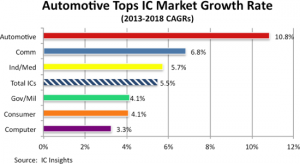 The total automotive IC market is expected to grow 15% to $21.7 billion in 2014, compared to a 1% increase registered in 2013.
The total automotive IC market is expected to grow 15% to $21.7 billion in 2014, compared to a 1% increase registered in 2013.
Asia-Pacific is forecast to surpass Europe as the largest market for automotive ICs beginning in 2016 and is forecast to be the strongest region for automotive IC market growth through 2018 (20.0% CAGR).
Analogue ICs and MCUs remain the two largest IC product categories within the automotive IC market.
The automotive memory IC market is forecast to more than double from an estimated $2 billion in 2014 to $4.2 billion in 2018.

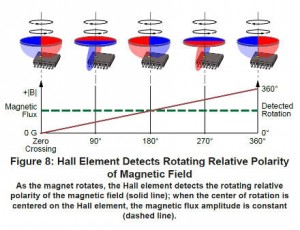

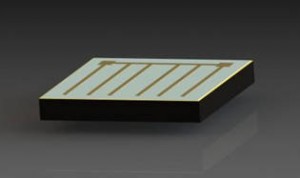
 The Gordon and Betty Moore Foundation has set up a $60mn programme for data-driven discovery research which seeks to find ways to make sense of the vast amounts of data which are being routinely collected.
The Gordon and Betty Moore Foundation has set up a $60mn programme for data-driven discovery research which seeks to find ways to make sense of the vast amounts of data which are being routinely collected.
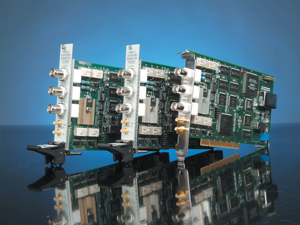
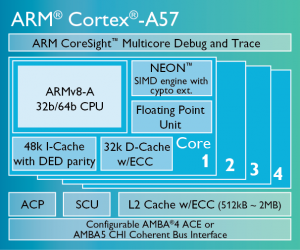 Cray
Cray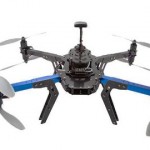 Drones need legislation, the House of Lords Internal Market, Infrastructure and Employment Committee was told by chief inspector Nick Aldworth of the Metropolitan Police yesterday.
Drones need legislation, the House of Lords Internal Market, Infrastructure and Employment Committee was told by chief inspector Nick Aldworth of the Metropolitan Police yesterday.
 X-FAB and Silicon Works of Korea have produced their first automotive device – a signal processing IC – under a co-development programme aimed at import substitution for Korea car makers.
X-FAB and Silicon Works of Korea have produced their first automotive device – a signal processing IC – under a co-development programme aimed at import substitution for Korea car makers.